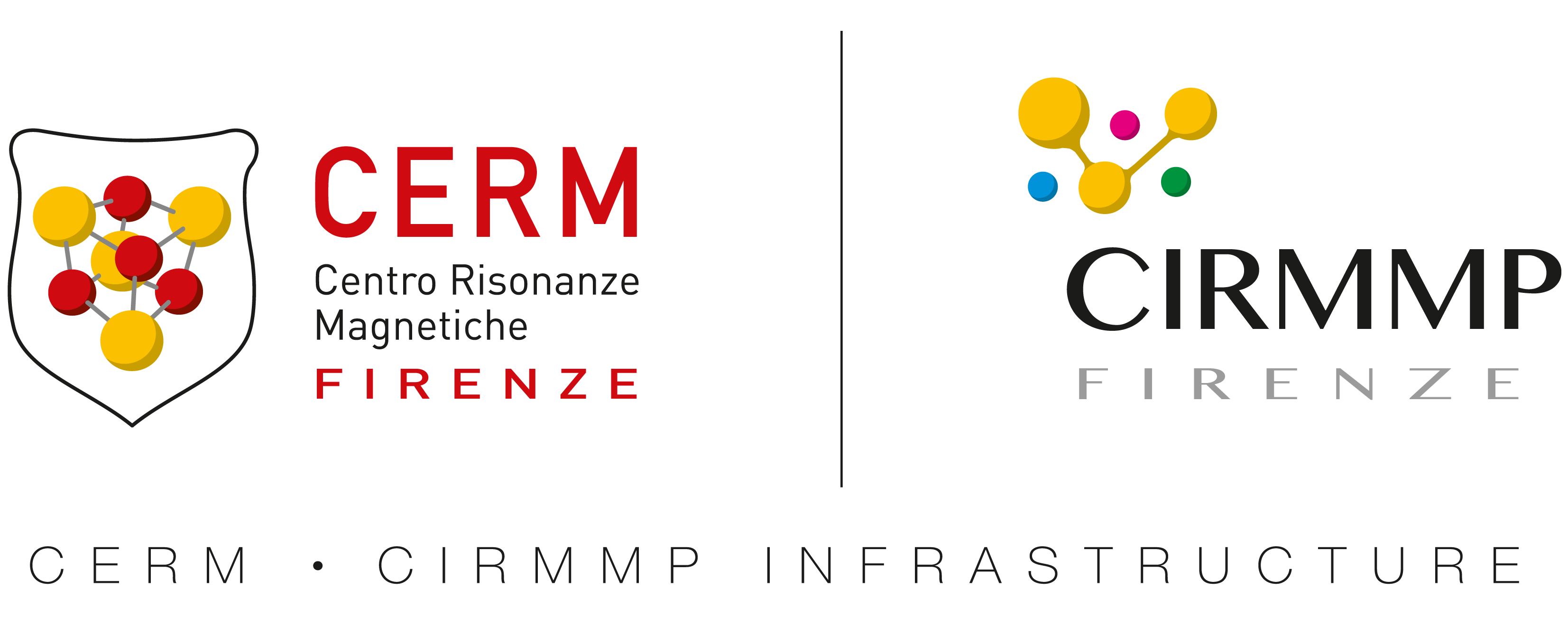RTD Project Title: Coupling of capillary separation techniques with high field
Contract N°: HPRI-CT-1999-50018
Name of Contract Manager : Dr. Jacques J.M. Vervoort, UAW.BI WENINGEN
Contractual period : 01/03/2000 to 31/03/2004
Partnership Summary
1 Wageningen Agricultural University, UAW.BI WENINGEN, Wageningen, The Netherlands
2 Institut für Organische Chemie, UTUB.IOC, Tuebingen, Germany
3 Bruker Analytik, BRUKERMT, Rheinstetten, Germany
4 Consorzio Interuniversitario di Risonanze Magnetiche di Metalloproteine Paramagnetiche, CIRMMP:CERM, Florence, Italy
OTHER PARTECIPANTS
1. Dr. J. Veervort, UAW.BI WENINGEN
2. Prof. Dr. E. Bayer, UTUB.IOC
3. Prof. Dr. K. Albert, UTUB.IOC
4. Dr. M. Spraul, BRUKERMT
5. Prof. Ivano Bertini CIRMMP:CERM
PROJECT OVERVIEW
The present proposal aims at establishing a future state-of-the-art analytical system which can be used for an automated analysis of complex mixtures using hyphenated capillary HPLC-NMR and hyphenates capillary electrophoresis (CE)/ capillary electrochromatography (CEC)/capillary zone electrophoresis (CE)-NMR systems. The hyphenated systems will represent a very important tool for the analysis of chemical, pharmaceutical, biological and enviromental samples. The hyphenated "capillary NMR" system will be made in a modular fashion, making it easy to switch between the different separation techniques.
One of the major drawbacks of "conventional" HPLC-NMR is the necessity for elaborate solvent signal suppression leading to distortion of major parts of the spectra. Problems associated with protonated solvents are prevented by the use of new capillary columns in a hyphenated LC/CE(C)/CZE NMR system. The extremely small volume of eluent consumed makes the use of relatively costly deuterated solvents economically feasible. In such cases the new capillary-NMR will offer new analytical possibilities because NMR spectra can then be obtained on-line without prior isolation and at a much higher sensitivity (0.05 to 0.5 µg instead of tens of µg). Because the pure compounds do not have to be manipulated by human hands in a laboratory, the introduction of impurities, adsorption by glass, evaporation or degradation through light, air oxidation, heat or time are essentially eliminated. Improvement in instrumental technology (digital lock, digital signal processor for filtering, oversampling) will give a major increase in sensitivity for the NMR instrumentation. As a result a 700 1H MHZ NMR spectrum will be obtained within a few minutes using minimal amounts (10-50 ng) of a compound. New probeheads with "capillary" coils will add to this increase in sensitivity and make both the ease of handling and reproducibility very large. In addition gradients make it possible to perform localised spectroscopy along the LC-NMR-flow-cell. The usage of ultrashield magnets (up to 16.5 Tesla=700 MHz for 1H) make the whole set-up as compact as possible. The equipment for capillary HPLC, capillary CE(C) and capillary CZE can be put at a distance of 0.5 m or less from the shielded 16.5 Tesla magnet which makes all connections as short as possible.
The automation of the hyphenated capillary LC/CE(C)/CZE-NMR set-up has the main advantage that not only manpower is saved, but also that the reproducibility of the measurements of complex mixtures is almost ideal. Differences in samples can easily be detected and unknown compounds can be identified. The ude of two perpendicular coils, one for 1H and the other for 13C, make "D HSQC fingerprint spectra feasible. 2D 1H-13C HSQC spectra of the different fractions, separated by the capillary separation methods, make it possible to identify the compounds presents. Each compound present gives an unique 2D 1H-13C HSQC spectrum so that a mixture of compounds can be unravelled.
